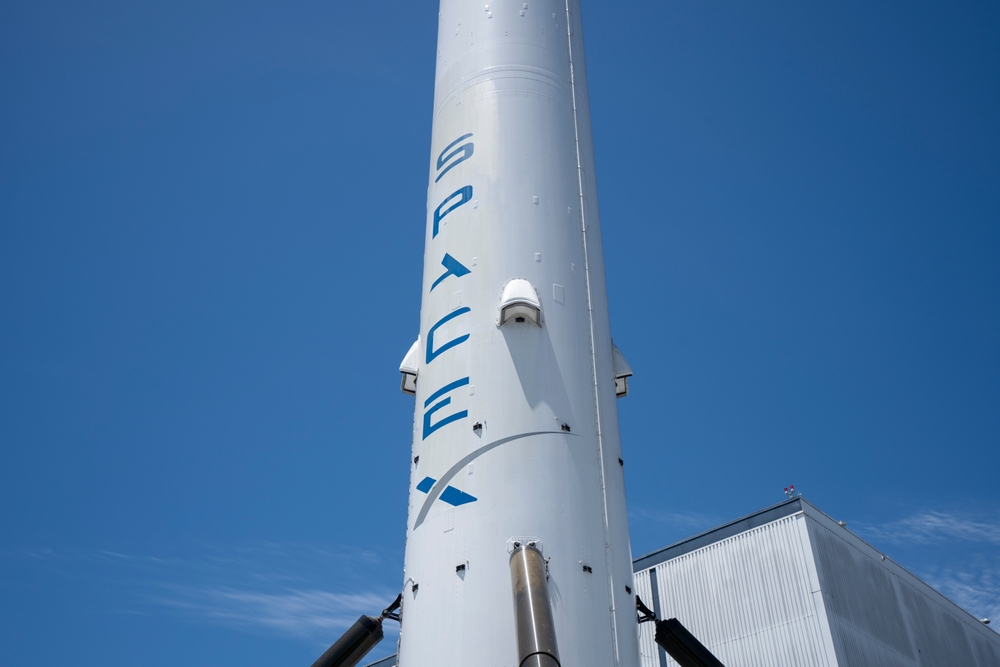
SpaceX’s private mission, Polaris Dawn, achieved a historic milestone as two astronauts conducted the world’s first commercial spacewalk. The crew, led by billionaire Jared Isaacman, included SpaceX specialists Sarah Gillis, Anna Menon, and pilot Scott “Kidd” Poteet. This event represents a major leap forward in the growing field of private space exploration.
Commercial Spacewalk: A World First
As the Dragon spacecraft orbited Earth, Isaacman and Gillis exited the hatch to begin their extravehicular activity (EVA). The spacewalk, lasting nearly two hours, was a success, marking the first time a private crew has ventured outside a spacecraft. “Whew! Smell that? Space,” Isaacman remarked after returning inside the capsule. This moment not only highlighted the mission’s technical achievements but also underscored the potential for future private missions to explore deeper into space.
Pushing the Limits of Human Spaceflight
Earlier in the mission, the crew set another record by reaching an altitude of 870 miles (1,400 kilometers), the highest since NASA’s Apollo program. The Crew Dragon Resilience spacecraft was specially modified for this mission, with a “Skywalker” hatch enabling the crew to safely exit for the spacewalk. This mission wasn’t just about pushing physical boundaries but testing new technologies like SpaceX’s EVA suits and laser-based communication systems linked to Starlink satellites.
Future Implications of the Mission
Polaris Dawn is more than a technological marvel; it’s a research platform contributing to humanity’s understanding of space. The crew conducted 36 science experiments, including studies on the effects of space radiation, eye health in microgravity, and motion sickness mitigation. These experiments are expected to provide crucial data for NASA’s long-term human spaceflight programs, including missions to the Moon and Mars.
For more details, read the full article on Space.com.




